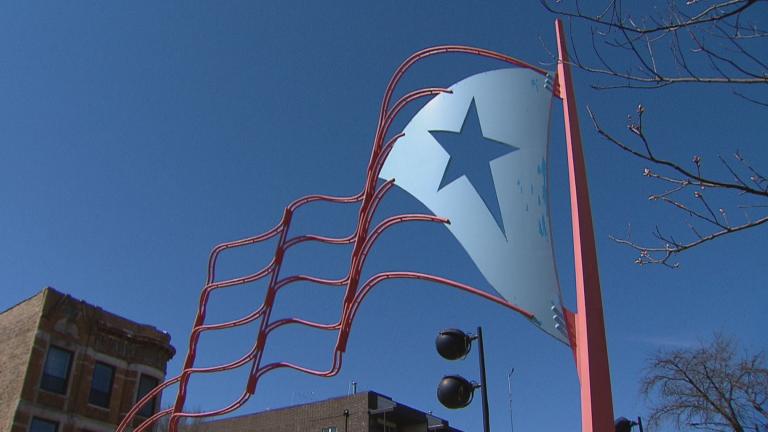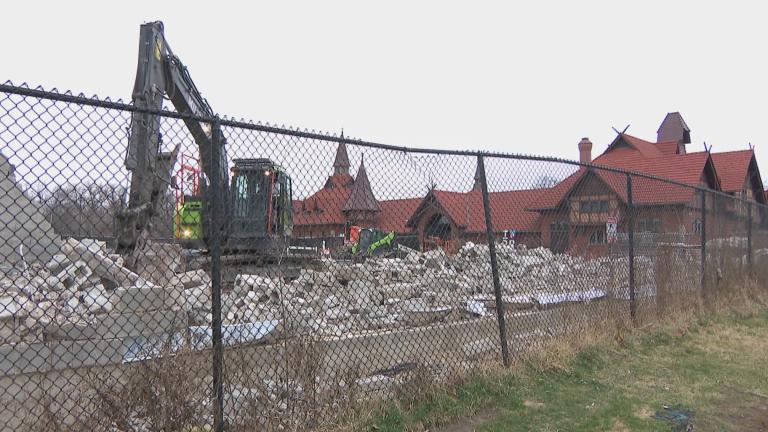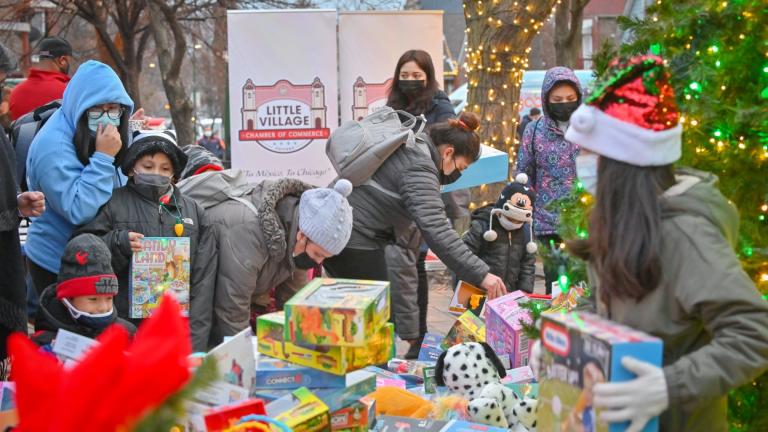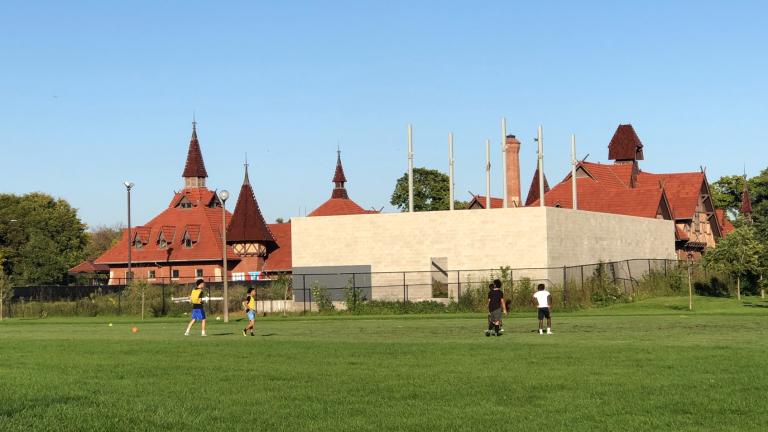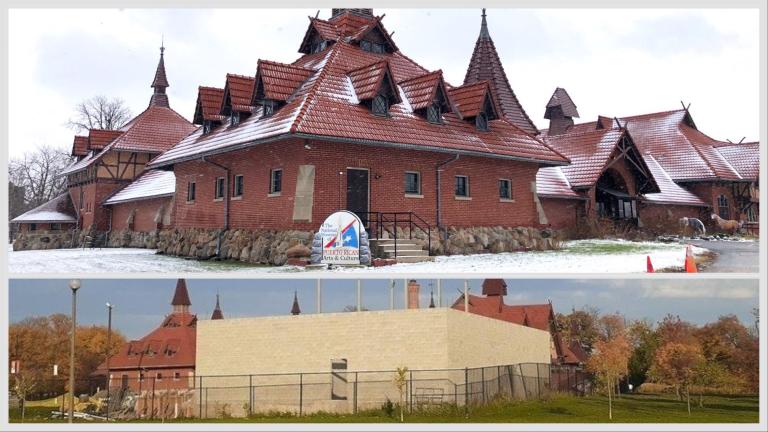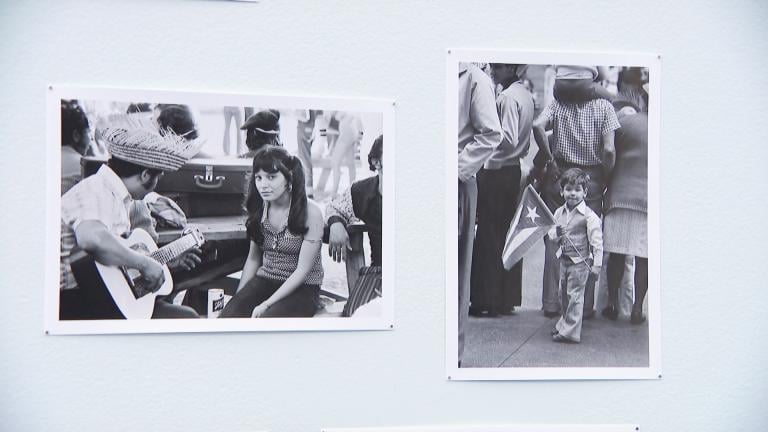It’s been six months since the Chicago Park District doled out a scolding of sorts to the leadership of the National Museum of Puerto Rican Arts and Culture for starting construction on a building in Humboldt Park without any of the proper permits or approvals.
It’s been four months since the Department of Buildings issued a stop work order on the rogue construction, which the museum says will be a freestanding archive facility, complementing the adjacent landmarked Receptory and Stable Building that houses the museum’s collection.
And it’s been six weeks since the Park District reminded museum leaders, in stronger terms, of the required procedures to move forward with the archive, including providing confirmation that the building is indeed intended to operate as an archive and not an event center, as some people have speculated.
Is there a deadline for the museum to comply? Or, will the half-finished cinderblock shell become a semi-permanent monument to hubris?
Mary Lu Seidel, director of community engagement with Preservation Chicago, has been pressing the Park District to publicly share a timeline for action.
“What’s the threshhold? When will you say, ‘Enough, you can’t drag this on forever?’” asked Seidel. “Is there an end date or will this project be sitting there for 10 years?”
Seidel put the question to the Park District Board of Commissioners and General Superintendent/CEO Rosa Escareño at the board’s February meeting.
Escareño called for patience.
“This is a lengthy process, this is an involved process,” she said. “We must start at the beginning because it’s a little bit tangled.”
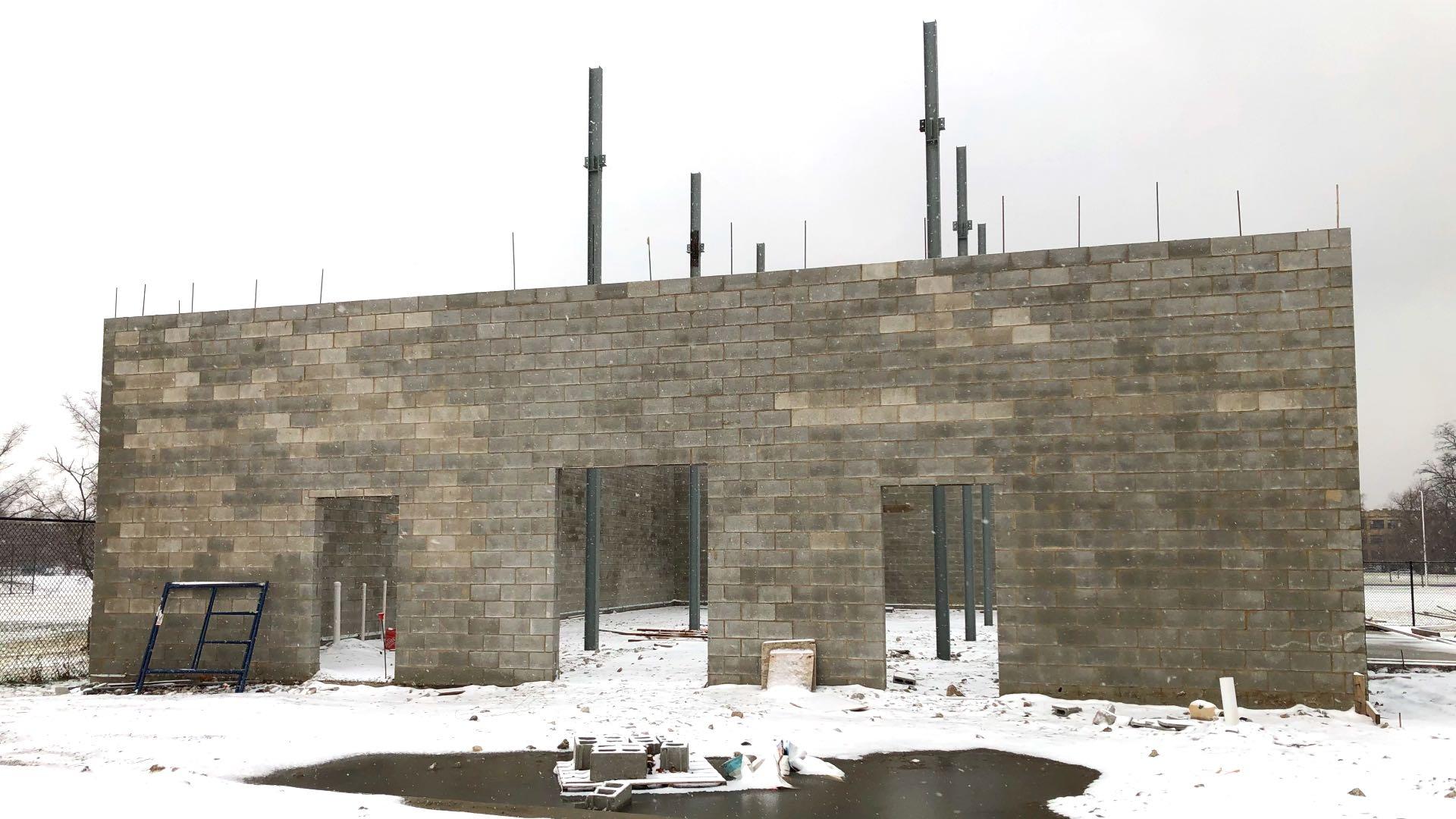 The cinderblock shell of the National Museum of Puerto Rican Arts and Culture's proposed archive building in Humboldt Park. (Patty Wetli / WTTW News)
The cinderblock shell of the National Museum of Puerto Rican Arts and Culture's proposed archive building in Humboldt Park. (Patty Wetli / WTTW News)
Seidel appreciates the complexities at hand. She’s spent the past several months knee-deep in Freedom of Information Act requests and responses, attempting to piece together the chain of events related to the illegal construction.
She’s laid out the paper trail in a 16-page “statement of facts” — supported by hundreds of pages of emails, forms, etc. — beginning in spring 2020.
That’s when museum officials, namely President and CEO Billy Ocasio, applied for a state grant to help fund improvements, including what the application says will be a 1,500-square-foot freestanding archive facility needed for storage and to meet accreditation requirements.
Documents show that between 2020 and 2022, the scope of the project changed multiple times — mushrooming to 6,800 square feet — with no amendments made to relevant paperwork. In addition, standard procedures were ignored and conflicting information was presented to the government agencies involved: the Chicago Park District, the Department of Buildings, the Illinois Department of Natural Resources, the Chicago Department of Planning and Development, and the Illinois State Historic Preservation Office.
Among Seidel’s discoveries: State officials were unaware the Chicago Park District was the museum’s landowner.
If the Illinois Department of Natural Resources, which awarded the museum a $750,000 grant, had asked for a letter of consent from the museum’s landowner on its application materials, the entire fiasco may have been avoided, Seidel said.
“I think the agencies are not talking to each other,” she said. “I think every agency was doing as well as it could with the information it had.”
And often that information was incorrect. When the museum finally filed for a building permit — months after commencing construction — it checked “no” on a box asking if the property was on public land.
“What the heck,” said Seidel.
Ocasio, who hasn’t responded to WTTW News’ requests for comment, has previously said honest mistakes were made.
Given Ocasio’s background as a former alderperson and one-time adviser to former Gov. Pat Quinn, Seidel questioned how he wouldn’t be aware of Chicago’s basic building permitting process.
Because the Receptory and Stable Building is a Chicago landmark — one of the highest forms of protection and preservation — the proposed archive would have been placed under even greater scrutiny before approvals were granted.
The permit review committee of the Commission on Chicago Landmarks is one of the most exacting bodies around, demanding highly detailed and specific renderings and building plans, Seidel said.
“If you want to affix a sign to a landmarked terra cotta building, you have to show them how you’re going to bore the holes,” she said.
By contrast, the National Museum has provided vague sketches of the archive facility, with no reference to the types of special lighting, temperature and humidity controls typically found in archives.
“There’s no evidence they (the museum) did anything the way they should have,” said Juanity Irizarry, executive director of Friends of the Parks. Her organization is pushing to know what measures of accountability the Park District will levy against the museum.
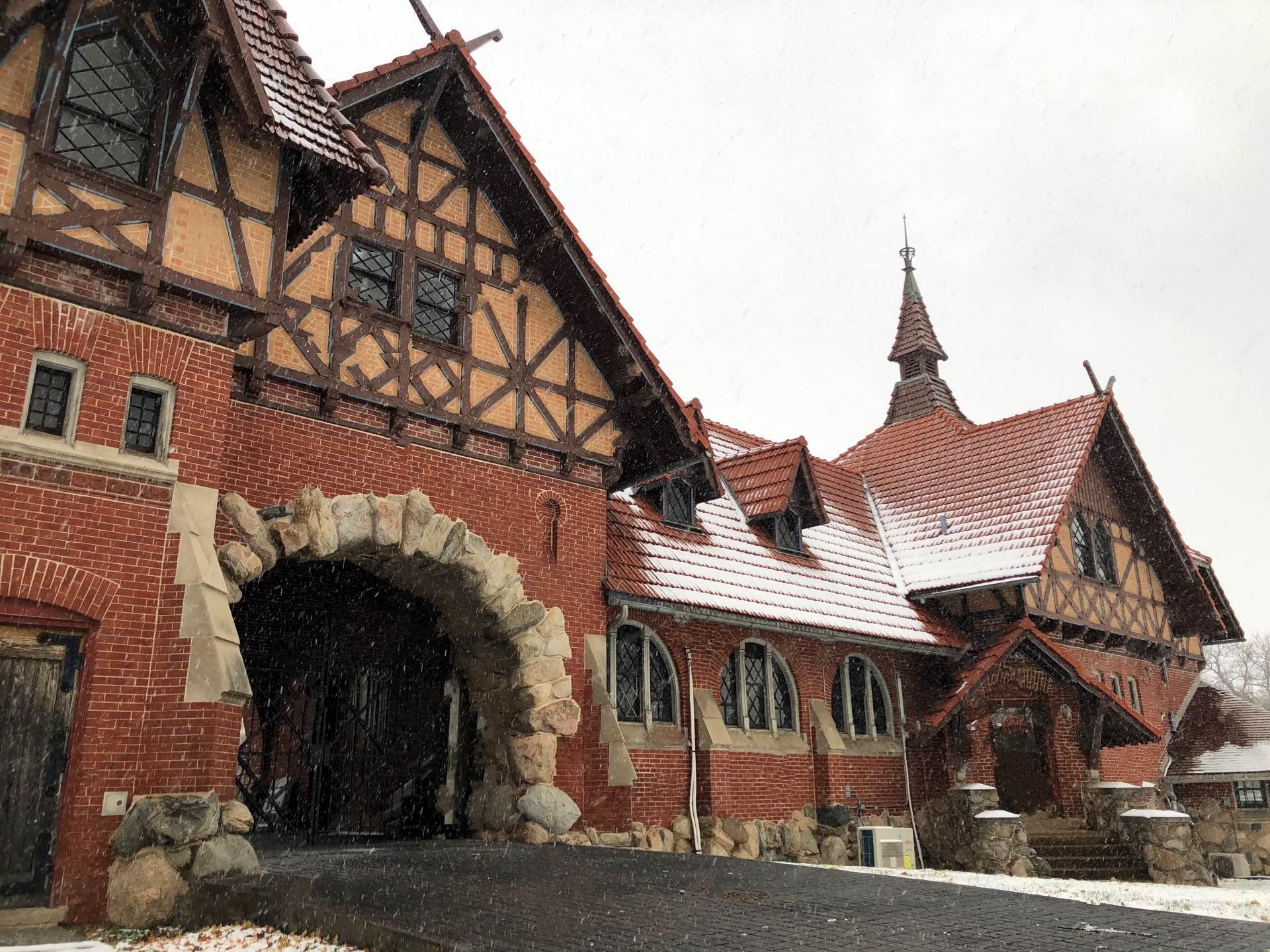 The National Museum of Puerto Rican Arts and Culture is housed in the landmarked Humboldt Park Receptory and Stables Building. (Patty Wetli / WTTW News)
The National Museum of Puerto Rican Arts and Culture is housed in the landmarked Humboldt Park Receptory and Stables Building. (Patty Wetli / WTTW News)
For its part, the Park District has asked the museum’s leadership to go back to square one, hire a consultant versed in what’s expected of a project involving a landmarked building, present the appropriate drawings and specs, follow the mandated procedures and clarify the project’s scope. The museum would also be required to hold at least one public meeting.
But that doesn’t address the elephant in the room, in the form of a half-finished cement box, Seidel said.
In particular, no documentation has yet been uncovered or shared that would indicate the necessary engineering and soil tests were conducted to determine whether the foundation of the unauthorized building — already excavated and poured — is sufficient to hold the planned structure.
It should be torn down, she said, not just for safety’s sake but to avoid a dangerous precedent of allowing illegal construction on public land.
“Billy Ocasio has a lot of power and support,” said Seidel. “I hope (city officials) all do what’s right by the people of Chicago.”
Contact Patty Wetli: @pattywetli | (773) 509-5623 | [email protected]

